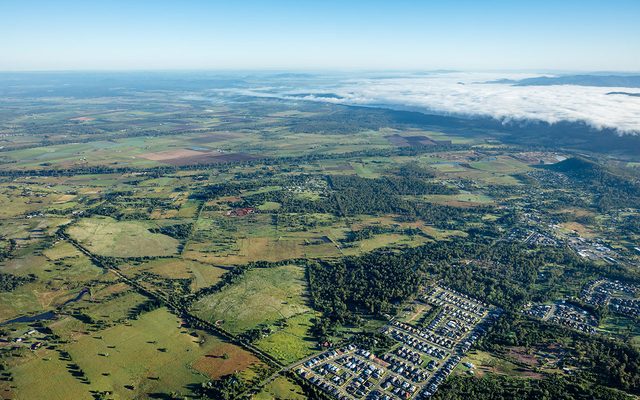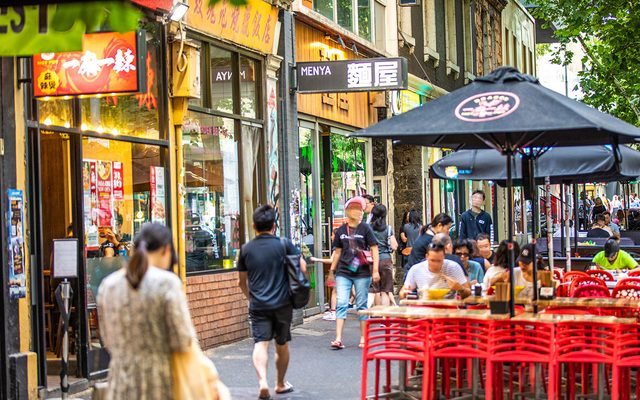This article is from the Australian Property Journal archive
THE worst may be over for suburban Sydney and Melbourne landlords as residential vacancies returned to pre-COVID levels, but the large number of CBD apartments that remain empty suggests the inner cities will remain a tenants’ market in 2021.
New data from SQM Research showed the national vacancy rate decreased by 0.2% over the month to stand at 2.0%, at a total of 71,297 properties.
With the exception of Hobart and Adelaide – steady at 0.6% and 0.7% respectively, the tightest rates in the country – all cities recorded falls in vacancies for the first month of 2021. While this is typical following the seasonal high rates of December, there are now less vacancies nationally compared to January of 2020, prior to the first COVID outbreak, when the rate was 2.1%.
Not far behind Hobart and Adelaide were Perth, Darwin and Canberra, all at 0.8%. Brisbane firmed slightly to 1.7%.
Melbourne’s vacancy rate decreased in January from 4.7% to 4.4% but continues to record the highest capital city rate. This time last year, its vacancy matched the national level.
Sydney also recorded a fall in vacancies over January and now sits at 3.2%. Sharp falls were again recorded in the CBD rental market, and the vacancy rate was come down to 6.2% after skyrocketing to 16% in May.
Louis Christopher, managing director of SQM Research said there is more evidence the worst is over for landlords in the Sydney and Melbourne rental markets.
“Now to be clear, CBD rental vacancy rates in both Sydney and Melbourne remain elevated, despite recent falls. And we remain of the view that there will not be a complete reversal of the sharp rise in rental vacancy rates experienced in these locations in earlier 2020. Demand for inner city property will remain affected by the closure of the international border as well as ongoing caution on future city lockdowns.
“This will mean 2021 will remain largely a tenant’s market in the inner cities but will also very much remain a landlord’s market for regional Australia.”
Regional rental markets have largely outperformed the capitals throughout the pandemic as Australians reassessed lifestyle preferences and working from home capabilities with preferences swinging towards lower-density housing options.
Net migration from the capital cities hit 11,200 people during the September quarter, the largest number since the Australian Bureau of Statistics began tracking data in 2001. International travel restrictions have also sapped demand for inner city apartments.
Rents on the up
Most capital cities recorded increases in both house and unit asking rents over the month to February 12. Sydney posted the highest increase of 3.2% over the period for houses and 2.2% in unit asking rents, marking its first significant rise since February of 2020. In annual terms, rents at 6.3% lower for houses and 8.9% for units.
Melbourne again saw declines in asking rents for houses (0.1%) and units (0.4%), to be down 7.4% and 11.2% respectively. Interestingly, rents slightly rose in the CBD for units – a somewhat promising sign for landlords.
Canberra recorded increases in house and unit rents of 2.8% and 2.7% respectively. Perth house and unit rents also increased over the month modestly, and its annual figures now show and 11.5% jump for houses and a 12.3% increase for units. Only Darwin has a stronger result – rents are up 27.5% for houses, and by a more modest 5.8% for units, but both markets fell over the last month.




